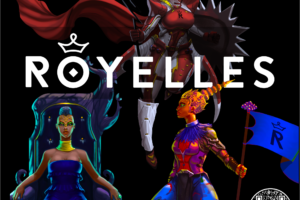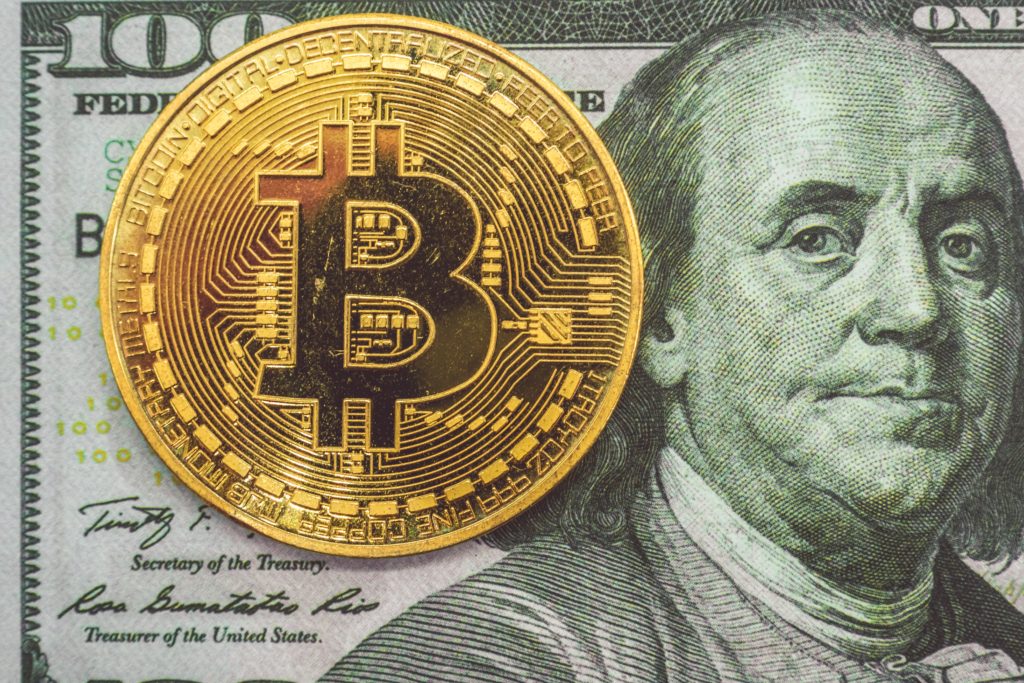
It’s been a choppy few weeks for crypto since the sharp rise and fall of Bitcoin value in December last year. And if that wasn’t bad enough, things have steadily gotten worse, with the China full cryptocurrency ban and large banks, including Citi and Bank of America, refusing to allow clients to buy crypto with their credit cards.
Next up for the struggling digital currency, is a scathing attack from the European Union, averting investors of Bitcoin and other digital currencies that the bubble will soon burst and that they could lose most, or even all of their money.
Bitcoin Value Sinks Like a Stone
Famous for its extreme price volatility, Bitcoin’s value rose by more than 1000 percent throughout 2017, causing a huge stir in the crypto world and awakening interest from the public at large. But despite UBS Chairman and other industry experts warning about the risk, saying Bitcoin is “not an investment we would advise,” many have still jumped on board.
Facing further possible government bans around the world, or at least, some fairly heavy regulation, Bitcoin’s value has sunk like a stone since the start of this year, with the price collapse being described as a “bloodbath” and a “cryptopocalypse.”
The Market is Rife with Misinformation
The European Union’s Banking, Securities and Insurance Watchdog yesterday said that the cryptocurrency and ICO world is ripe with misinformation. They added that the advice given is “in most cases incomplete, difficult to understand, does not properly disclose the risks… and may therefore be misleading.”
“Virtual currencies such as Bitcoin, are subject to extreme price volatility and have shown clear signs of a pricing bubble, and consumers buying VCs should be aware that there is a high risk that they will lose a large amount, or even all, of the money invested,” the warning stated.
This warning comes out at the same time that an article in China’s Beijing News reported a rise in professional copywriters offering their services to write ICO whitepapers, which may include fabricated information.
Despite the domestic ban on ICOs in September of last year and the full ban on international cryptocurrency trading earlier this month, keyword searches using “blockchain,” “ICO,” and “white paper,” bring up numerous stores that offer white paper copywriting and fundraising consultancy services for ICOs.
White paper copywriting is sold for around $600 and may include false claims about the viability and credibility of a project.
A Magnet for Unlawful Behavior
This examination into cryptocurrency investing was requested by Valdis Dombrovskis, Vice-President of the European Commission, amidst concerns that digital currencies could be used as a “token for unlawful behavior.”
With European governments now turning a serious eye to what’s going on in the crypto word, that may spell out bad news for Bitcoin. Just last week, France and Germany requested that cryptocurrency regulation be a topic of discussion at the next Group of 20 Economies (G20). They are anxious to assess the long term viability of cryptocurrency, looking beyond the current rollercoaster markets.
Too Little, Too Late?
If the warning is to be heeded and the cryptocurrency bubble will soon burst, the warning comes overdue for many unfortunate investors. Markus Ferber, Vice Chair of the European Parliament’s Economic Affairs Committee, pleaded for regulation, just as with any financial currency.
He said, ‘I expect the Commission to take the warnings by the three supervisory authorities seriously and issue a legislative proposal in this regard as soon as possible.”
But imposing regulation on these untamed markets will be challenging at best. Regulators will be looking to strike a healthy balance between allowing for market innovation and growth while protecting consumers and preventing money laundering and other criminal activity.
Bitcoin, Litecoin, Ripple and Ethereum are not issued by any central bank, neither are exchange rates regulated by EU law. That means that European investors won’t be covered by any type of national investment scheme insurance should the apocalypse come.
Things certainly don’t look good right now for crypto, with major players on the scene including the Wolf of Wall Street and Goldman Sachs claiming the Bitcoin bubble will be bigger than the dot-com era.
But then again, government bodies and financial institutions have been wrong about many an economic crash in the past. Perhaps this is just a sea change, rather than a tidal wave for digital money.

















Hello there! Do you use Twitter? I’d like to follow you if that would be
okay. I’m absolutely enjoying your blog and look forward to new updates.
This is a topic that’s near to my heart… Best wishes!
Exactly where are your contact details though?
Good day! I simply want to give you a huge thumbs up for
your great info you have got right here on this post.
I will be coming back to your blog for more soon.